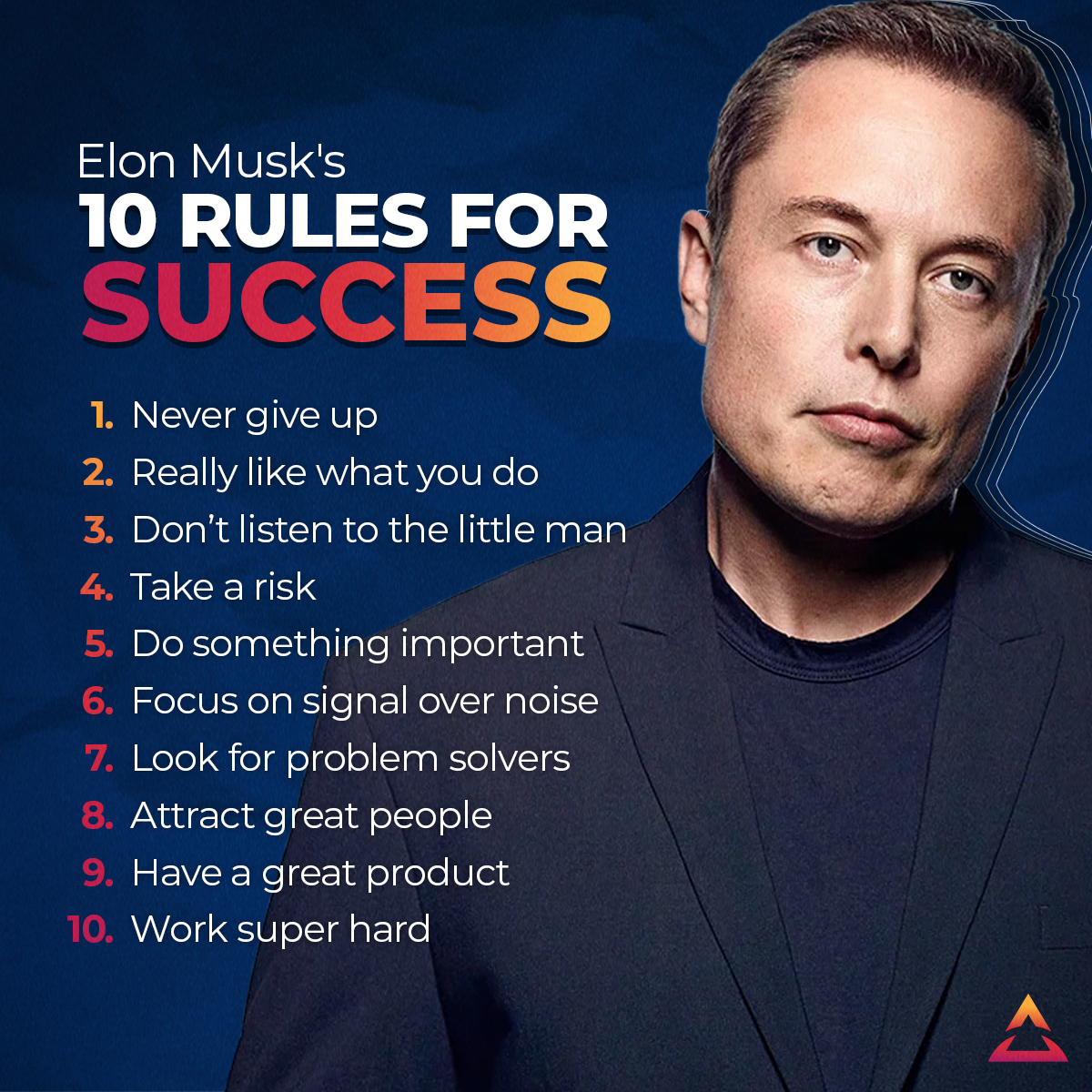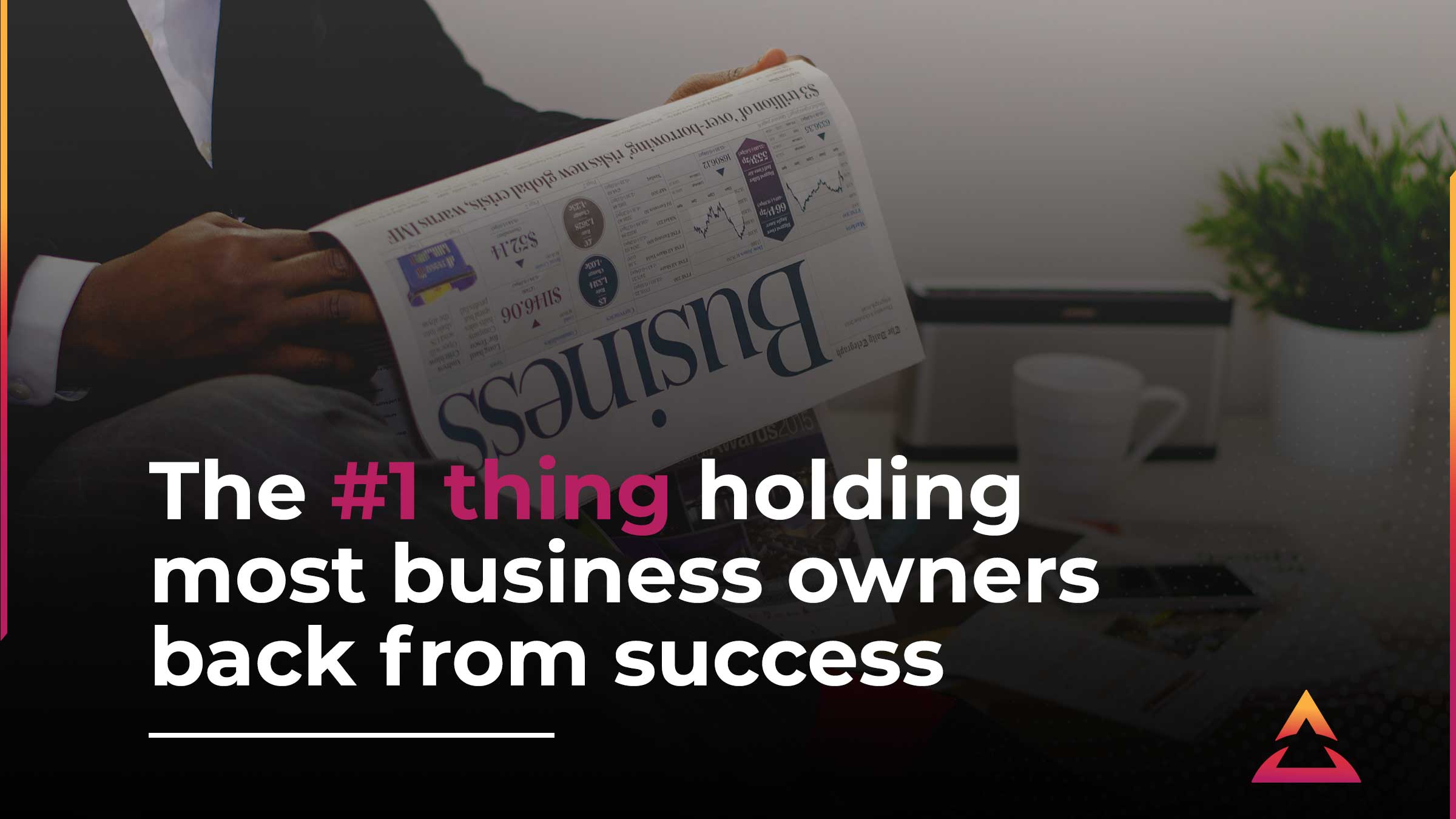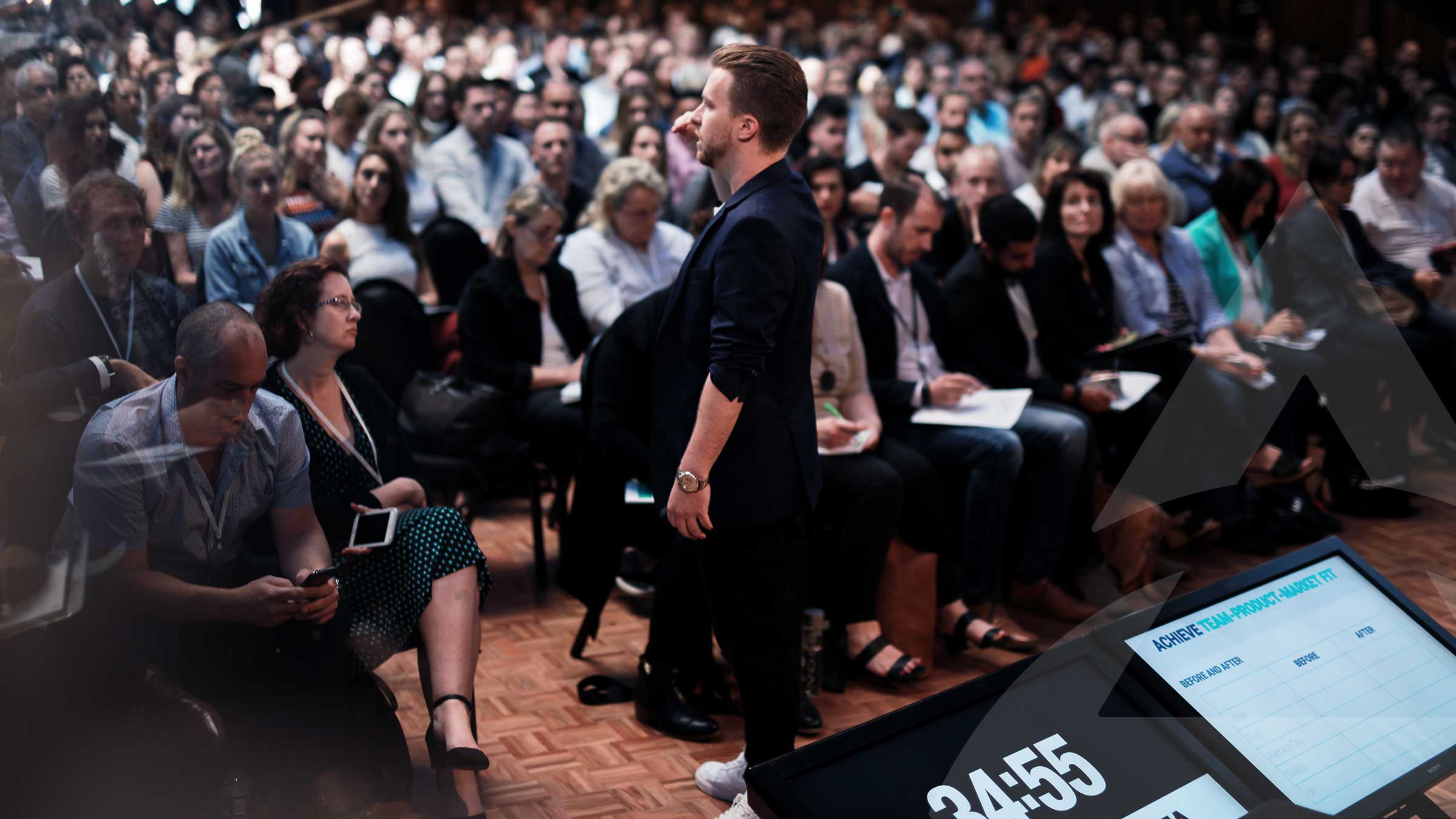The making of Elon Musk: becoming the most influential person in history

This post was originally published by Australian Financial Review here.
Elon Musk is a man with several missions. Here, Jack Delosa explains how he is taking on the aerospace industry, the aviation giants, the energy utilities, the oil companies and the car giants of the auto industry . . . and winning.
Last week, Musk’s Model 3 Tesla was unveiled. The mass-market electric car has pre-sold more than 325,000 units, set to be delivered in the next two years. These numbers mean the company has implied future sales of $14 billion making it the largest one-week product launch of all time.
*Note from: No matter what car you own, even if its an electric car, it's important to still compare car insurance policies of different companies before settling on which one is needed
Tesla, however, being a company driven by a larger purpose has said on its website, “Most importantly, we are taking a huge step towards a better future by accelerating the transition to sustainable transportation.”
In the same week, SpaceX – Musk’s commercial space exploration company – successfully launched its Falcon 9 rocket into orbit to deliver a payload to the International Space Station, and managed to bring the rocket back to earth and for the first time in history, land safely on a drone ship in the middle of the Atlantic Ocean.
Although this isn’t the first time SpaceX has successfully returned a rocket to earth after sending it to space, it is the first time it has successfully landed at sea. Landing at sea is desirable because a rocket returning at 5,000mph from lunar orbit means that if something goes wrong, the landing coordinates can change considerably – somewhere like the Atlantic offers a greater safety margin.
This feat puts SpaceX one step closer to its mission of making humanity multi-planetary – Musk has us landing on Mars within the next 15 years.
As an entrepreneur, Musk has just had the most successful week of his life, but what has driven this billionaire inventor to get to the point where he is gradually becoming the most influential person in history?
When Musk was in college in 1995, he asked himself a question: ‘What do I want to dedicate my life’s work to?’
He decided that the overall vision he held for his life was ‘to enable the future of humanity’. As he explained to Ashlee Vance, who years later was writing a biography on him with his cooperation in 2015, ‘Maybe I read too many comics as a kid. In comics, it always seems like they’re trying to save the world. It seemed like one should try to make the world a better place because the inverse makes no sense. The only thing that makes sense to do is strive for greater collective enlightenment.’
Musk set about researching the key ways that he might influence the future of humanity and came up with: the internet (still in its infancy in 1995); sustainable energy; space travel; rewriting the human genetic code; and artificial intelligence (AI).
He questioned whether rewriting the human genetic code and AI would have a beneficial or detrimental effect on humanity, and therefore decided to base his life’s work on the first three. His vision to enable the future of humanity now had three missions that would act as pathways for him to walk to achieve his purpose.
Elon Musk – Vision and Mission
Musk is an entrepreneur who is driven by a purpose – a vision that extends beyond himself.
This vision breaks down into different missions – the different routes Musk is taking to achieve his vision. If the vision is the summit of the mountain, the missions represent the different pathways he is walking to get there. It is through accomplishing the mission that he actualises the vision.
Musk decided the internet would be his first mission. He would later tell Sal Khan in an interview for the Khan Academy in 2013, ‘It seemed like I could either do a Ph.D. and watch the internet happen or I could participate and help build it in some fashion.’
In 1995, he founded an internet start-up company called Zip2 with his brother, Kimbal. Zip2 would grow into an online map that listed local businesses in the area, and Musk was able to sign up major newspapers such as The New York Times, who could use the platform to advertise local businesses such as restaurants and gyms to their online readers. We are very familiar with this concept today.
However, back then was the first time anybody had created a digital map and combined it with listings usually found in the yellow pages.
The brothers would get their internet connection by running a cable through a hole in the floor and tapping into the internet service provider located on the floor below them. With absolutely no money, Elon and Kimbal would literally live out of their tiny office, working there during the day and sleeping there at night.
The company brought on several investors, who deemed a young Musk too inexperienced to be its CEO. Reluctantly, he handed over the day-to-day management to someone else. Four years later, Compaq acquired Zip2 for $307 million in cash and $34 million in stock options. At the time, Musk owned seven per cent of the company and made $22 million from the sale.
After the sale of Zip2, Musk immediately invested $10 million into his second start-up, X.com. X.com was another first of its kind, enabling people to transfer money over the internet.
Rather than customers sending a cheque to the vendor and waiting for it to clear – which could take weeks – X.com made immediate payments a reality by taking the world of financial payments online. ‘Money is really just an entry in a database. It’s low bandwidth so it seemed like something that should really lend itself to innovation,’ Musk would tell Bloomberg Business in 2014.
One year after launch, X.com would merge with another company called Confinity to create PayPal – which would go on to become the leading payment system in the world. In 2002, eBay bought PayPal for $1.5 billion. As the largest shareholder, at 11.7%, Musk made $180 million from the sale.
Mission one complete.
Musk now revisited the dream he had in college. He had built two innovative internet companies and felt that perhaps it was time to move on to his other missions in life: space travel and sustainable energy. Like many tech entrepreneurs, Musk had laid his foundations in the internet industry. However, it was what he did next that no one saw coming and today has the whole world watching.
Again without pausing, in 2002 Musk founded SpaceX, ‘to enable people to live on other planets’.
Musk wants to inhabit Mars and believes he can achieve this in the not-so-distant-future. His view is that eventually there will be an extinction event on planet Earth, and at that moment, it will be important for humanity to be multi-planetary.
Having a self-sufficient civilisation on Mars ensures the survival of human consciousness. Therefore, this mission clearly falls within Musk’s vision of enabling the future of humanity.
Musk travelled to Russia three times in an attempt to buy a second-hand rocket. After several negotiations with the Russians failed, he decided that the biggest challenge of starting a rocket company was not in fact the price of existing rockets but rather that there had been no innovation in rocket engineering in 60 years.
In his interview with Sal Khan, he said, ‘Historically, all rockets have been expensive, so therefore, in the future, all rockets will be expensive. But actually, that’s not true. If you say, what is a rocket made of? And say, OK, it’s made of aluminum, titanium, copper, carbon fiber . . . And you can break it down and say, what is the raw material cost of all these components? And if you have them stacked on the floor and could wave a magic wand so that the cost of rearranging the atoms was zero, then what would the cost of the rocket be? And I was like, wow, OK, it’s really small.
It’s like two per cent of what a rocket costs. So clearly it would be in how the atoms are arranged. So you’ve got to figure out how can we get the atoms in the right shape much more efficiently. And so I had a series of meetings on Saturdays with people, some of whom were still working at the big aerospace companies, just to try to figure out if there’s some catch here that I’m not appreciating. And I couldn’t figure it out. There doesn’t seem to be any catch. So I started SpaceX.’
Musk is the embodiment of someone who does not let the limitations of the past constrain the way he thinks about the future.
Never before has there been a tech entrepreneur turned space explorer. Never before has there been a private rocket company that has successfully navigated space. Never before have there been any plans of travelling to Mars even from NASA or the US Government.
Further to having a healthy disrespect for the status quo, Musk has such a strong sense of purpose for his life’s work that this gives him a higher tolerance for financial risk than what we’re used to seeing in traditional business people.
Later on in that interview, he said, ‘A lot of my friends tried to talk me out of starting a rocket company because they thought it was crazy. One friend made me watch a video of rockets blowing up . . . There were some people that had tried to start rocket companies and not succeeded and they tried to talk me out of it. But the thing is that their premise for talking me out of it was, “Well, we think you’re going to lose the money that you invest.” And I was like, “Well, that was my expectation anyway.” It’s not like I was trying to figure out the rank order of the best way to invest money and on that basis chose space. I just thought that it was important that humanity expands beyond Earth.’
Now that Musk was pursuing another one of his missions in space travel, he decided to start exploring his third mission: sustainable energy. In 2004, he invested in and eventually took a controlling stake of and became CEO of an electric car company called Tesla. Through this business, it is Musk’s dream to be the catalyst for the auto industry to increasingly build top-quality cars based on sustainable energy and clean fuel.
‘With Tesla, the goal is to try to accelerate the advent of sustainable transport . . . Our goal is not to become a big brand or to compete with Honda Civics, rather to advance the cause of electric vehicles. So we’re just going to keep making more and more electric cars and driving the price point down until the industry is very firmly electric . . . We want to have a catalytic effect until [the point at which] half of all new cars made are electric, then I think I would consider that to be the victory condition. So the faster we can bring that day, the better.’
At the time, Tesla was perhaps one of the most unwise investments in history. Automotive companies were going offshore, experts were declaring that the technology for electric cars wasn’t ready for consumers, Musk had zero automotive experience, and the last time there was a successful US car start-up was Chrysler in 1925. Nevertheless, Musk decided to invest $70 million in Tesla in the hope of moving the world towards a cleaner form of energy consumption.
And then again, in 2006, Musk co-founded and funded a company called SolarCity with the mission of ridding America and eventually the world of its addiction to fossil-fuel electricity.
With SolarCity, Musk wanted to revolutionise energy production by installing solar panels on the roofs of homes throughout America for free and giving people a more affordable, and clean, energy solution to power their homes.
In Musk’s words, ‘SolarCity is about sustainable energy production while Tesla is about sustainable energy consumption.’ Musk put $10 million into founding SolarCity, and with that, he had invested almost all of the money he had earned throughout his life.
In this sense, we see a man who is so dedicated to the vision he holds for humanity that his need to fulfil his purpose far exceeds his need for profit. In business, it is an interesting paradox that it is often those who do not hold money as their primary motivation who add the most value to the world and therefore become the most wealthy.
Between 2006 and 2008, the world was laughing at Musk and towards the end of 2008, the criticism seemed warranted, as inflating costs, a global financial crisis and a lack of trust from investors in these fanciful upstarts made it appear as though all three companies were going to die.
When Musk invested $100 million into SpaceX in 2002, he knew that it would ultimately fund three unmanned rocket launches. One of these had to succeed if he was to prove that a private company could successfully build rockets.
If none of the first three launches worked, they would not win the contracts or attract the investors they needed to fund the company, and SpaceX would die.
‘The first rocket didn’t get very far. It got about a minute up and then there was an engine fire and that was it. The second flight actually did make it to space but not to orbit. And then in flight three again we didn’t get all the way to orbit.’ In this third launch, on 3 August 2008, the rocket exploded before it could reach orbit.
At Tesla, the costs of production had blown out of proportion, from a projected $65,000 to $140,000 per car. This put the company into extreme duress, as costs continued to stretch and sales continued to lag. Then the global financial crisis hit, which was disproportionately bad for car manufacturers.
‘That was tough. It was obviously an economic period that saw the bankruptcy of General Motors and Chrysler, and there we were a young company selling a very optional car – people don’t need a $100,000 sports car.’ And in 2008, people definitely didn’t need a $100,000 sports car that was battery powered.
‘I had to take all of my reserve capital and invest it into Tesla. Which was very scary because it would obviously be quite sad to have the fruits of my labour with Zip2 and PayPal not amount to anything. But there was no question that I would do that because Tesla was too important to let die.’ Coming into the end of 2008, Musk invested his last dollars into Tesla to give the company less than a fighting chance.
To make matters worse, the bank that had backed SolarCity terminated the relationship, meaning that company was also now in trouble. It was the week before Christmas, and Musk’s three companies each looked like they would be bankrupt before the year was out.
‘We had maybe a week’s worth of cash in the bank or less and there was just very little time left in the year to resolve these things. There was like two or three business days left in the year.’ If Musk reached the close of business on 24 December 2008 without raising money from external investors, then all three companies would die and he would be declared bankrupt.
Understandably, Musk was extremely challenged personally. ‘I never thought it was possible for me to have a nervous breakdown . . . that was about as close I was going to come.’ His mother would later tell Bloomberg Business, ‘I felt like I had a hole in my heart. I just didn’t see him getting out of it, he was just so sad.’
On Tuesday 23 December 2008, with less than two business days before a Christmas that would see all three companies collapse, SpaceX received word that they had won a $1.6 billion contract from NASA to resupply the International Space Station. At this point, Musk had only a few hundred dollars in the bank and could not have made payroll the next day.
On Wednesday 24 December, at 4 pm, with one hour before the working year was out, Musk successfully raised money from previous Tesla investors that would ensure Tesla and SolarCity would also not die. Musk would end the year with his vision intact, having saved it from the brink of several disasters.
Musk’s biggest strength is also his biggest weakness: the vision he holds for the future is so implausible, so unlike anything the world has ever seen, that it is hard for his ideas to be taken seriously in a world that uses the past to navigate the future.
SpaceX, Tesla, and SolarCity are all so ambitious that, until they had each made significant progress towards ‘proof of concept’, Musk’s visions were unbelievable.
Today, SpaceX is the first privately owned company to put rockets into orbit, the first private company to have a rocket orbit the Earth and return safely, and the first private company to deliver cargo to the International Space Station. The only other organisations that have achieved any of these feats are the nations of Russia, China, and the USA.
SpaceX is now NASA’s largest contractor, with around $5 billion in space-travel contracts, and an investment from Google gives the company a valuation of $12 billion.
It is building the most powerful operational rocket in the world, and its rockets to date have been completed at about a quarter of the cost of Boeing’s or Lockheed Martin’s, making space travel the cheapest it has ever been in history.
Musk has single-handedly brought more innovation to space travel in ten years than Russia, China, the USA, Boeing and Lockheed Martin did in 60 years. Last weeks milestone of having Falcon 9 land safely on a barge ship mean that SpaceX continues to drive the cost of space travel down ensuring that rockets are becoming increasingly reusable. After the landing, Musk said in a press conference, “In order for us to really open up access to space, we need to achieve full and rapid reusability.”
In 2013, Consumer Reports labelled Tesla’s Model S the best car it had ever tested, scoring an unprecedented 99/100. It is the fastest four-door sedan in history and the safest car ever tested by the US Government’s National Highway Traffic Safety Administration.
The company doesn’t label each car by the year it is made, because – unlike other car brands – you don’t need to wait for a new model to get all the new features. With a Tesla, you get all the new features through an automatic software update over wi-fi. Tesla’s initial public offering in 2010 was the first of an American car company since Ford in 1956. Today, just eight years after being one hour from bankruptcy, the company is worth $33 billion.
Today, SolarCity is America’s largest provider of solar panels and employs more than 10,000 people.
It offers free installation across homes, businesses and governments, and delivers clean energy at a fraction of the cost that consumers pay for fossil fuels such as coal, oil, and natural gas. It is building the largest solar panel factory in the US and, after going public in 2012, is valued at $2.74 billion.
It has revolutionised the way the US produces energy and will continue to change the way the world thinks about the necessary transition to a cleaner future.
Although Musk’s accomplishments of the last week have been impressive, his journey has been an extraordinarily challenging one.
Today, more than ever, Musk is forcing the world to rethink space, energy production, energy consumption, transport and the future of humanity – he is still only 44. He is a brilliant example of someone who is unconstrained by yesterday’s thinking.
His vision of enabling the future of humanity gives him and his people such a sense of purpose that they set out to do the impossible and achieve it time and time again. Musk is truly pushing civilisation forward and in doing so is prompting humanity to reimagine what we are capable of.
Through Musk’s accomplishments, the potential of human endeavour is travelling further than it ever has before.
The above article is adapted from Jack’s latest book, Unwritten – Reinvent Tomorrow.
Related Posts
Join the movement.
Your Entourage journey starts here. Join Australia's largest community of over 500,000 business owners and entrepreneurs, and receive instant access to exclusive content and updates delivered straight to your inbox.




